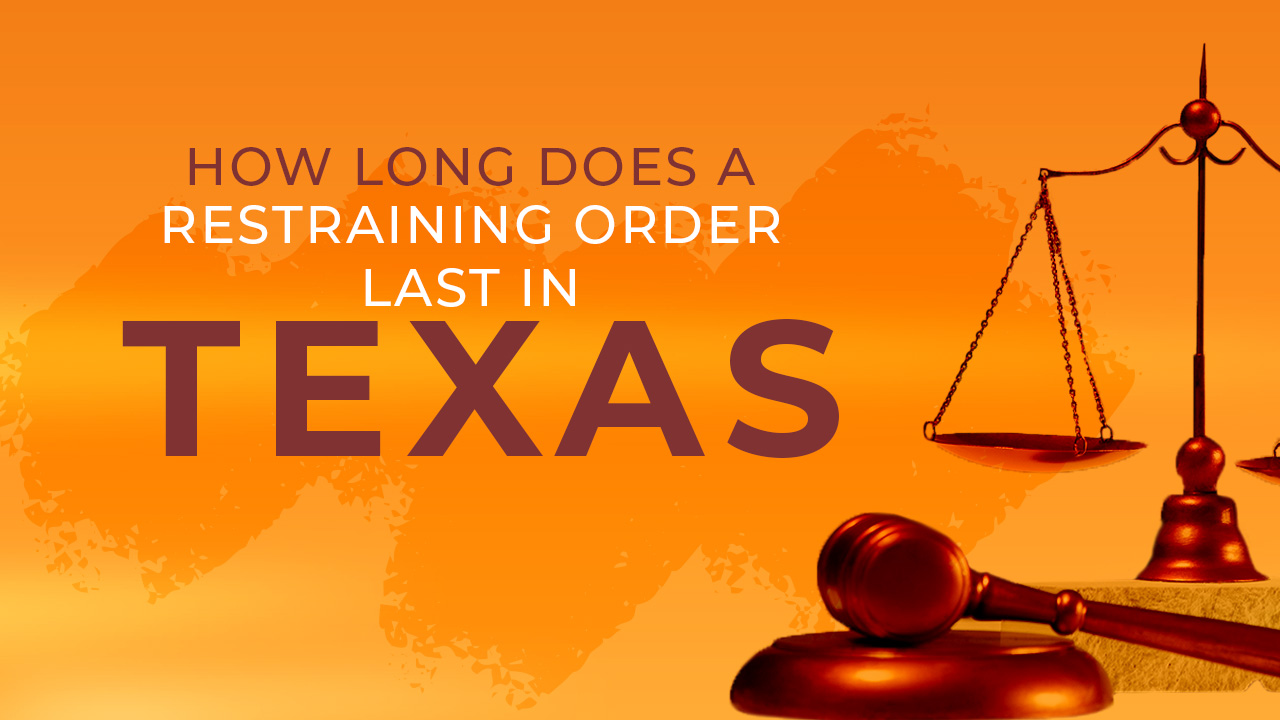For victims of domestic abuse in Texas, obtaining a restraining order can be an essential step to keep you and your family safe. But how long does a restraining order last in Texas? This guide will provide you with all critical information about what type of protection is available through this process and why getting one is important for your safety.
What Qualifies for a Restraining Order in Texas?
In Texas, there are a few specific criteria that must be met to qualify for a restraining order. Someone may be eligible for a restraining order if they have been the victim of family violence, sexual assault, stalking, or human trafficking. Generally, the victim must have a reasonable fear of imminent harm from the abuser and make requests for relief such as protection from the abuser.
It is important to remember that it does not always require physical contact for someone to obtain a valid restraining order; threats alone can lead to validated orders. Restraining orders can provide significant protection to victims living in fear so do not hesitate to seek help from law enforcement and other resources if needed.
How Long Does a Restraining Order Last in Texas?
In Texas, a restraining order is most often known as a protective order. This type of court order can last for up to two years. During that time, a person who is named in the order must stay away from the complainant or face legal consequences. Depending on the circumstances, additional types of relief may be included in the order such as possession of property and payment of attorney’s fees.
It is important to understand that protection under this type of order can be extended if needed beyond the initial two-year term. People in need of protection should contact their local court to discuss the options available and learn more about how long a restraining order lasts in Texas.
In the state of Texas, there are two main types of restraining orders that can be issued – temporary and permanent orders. Temporary restraining orders are typically granted when there is imminent danger or an urgent situation that needs to be addressed immediately.
These orders usually last up to 20 days and are meant to give the petitioner time to file for a more permanent solution. On the other hand, permanent restraining orders can last anywhere from two years up to 10 years depending on the circumstances involved in each case.
How to File a Temporary Restraining Order In TX?
To obtain a restraining order, one must first file a petition with their local court. The petition must include detailed information about the person seeking protection as well as the respondent (the individual who is subject to the protective order). The petition will then be reviewed by a judge who will decide whether or not to grant the request for protection.
If granted, both parties will receive copies of the protective order which will detail its specific duration and stipulations. It is important to note that if either party violates any terms outlined in the protective order, they can face serious legal consequences such as jail time or hefty fines depending on their offense.
Conclusion
It is important to know that restraining orders are only meant as temporary solutions for individuals who feel threatened or unsafe due to another person’s actions or behavior. Restraining orders do not guarantee safety; instead, it provides some level of protection until more appropriate measures can be taken.
If you or someone you know is experiencing domestic violence or threats, learning how long a restraining order lasts in Texas may be beneficial to ensure your safety. Feel free to contact us at Cyber Investigation. if you have any further questions.
If you’re going through a divorce and need help with the financial aspects, our skilled divorce forensics accountant is ready to assist you. Contact us today to learn more.







